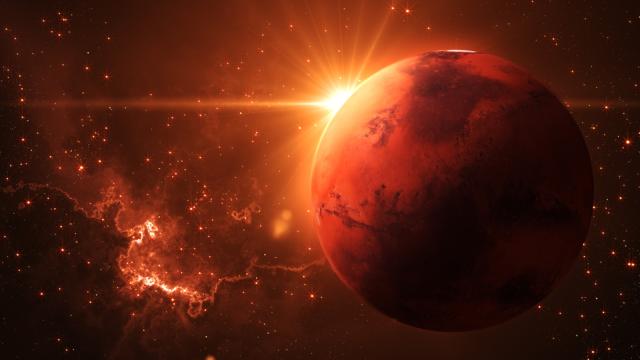
The Indian Space Research Organisation (ISRO), in another study, has boosted the potential of water ice in the polar craters of the Moon. According to data, the amount of ice below the surface in the first few meters is five to eight times greater than the amount at the surface in both the north and south poles.
This important information will support both the long-term human presence on the Moon and future missions that will drill on the Moon to sample or excavate that ice. Not only this, based on the depth of the water ice, it can help identify future landing and sample sites for Moon missions.
Scientists from ISRO’s Space Applications Centre (SAC) are working with academics from IIT Kanpur, the University of Southern California, Jet Propulsion Laboratory, and IIT (ISM) Dhanbad to investigate the “Reachability and Genesis of Water Ice on the Moon.” The International Society for Photogrammetry and Remote Sensing published it in their publication.
The study also showed that the northern polar zone had twice as much water ice as the southern polar region. Confirming the notion stated during the Chandrayaan mission in 2008, the principal source of subsurface water ice was suspected to be in the lunar poles. Polarimetric radar data from the Chandrayaan-2 Dual-frequency Synthetic Aperture Radar device were used to arrive at this conclusion.
According to the study, water in the craters “outgassed during volcanism in the Imbrian period,” which is another intriguing finding. The Imbrian epoch, which occurred between 3.85 and 3.80 billion years ago on the lunar geologic timescale, was characterized by vigorous volcanic activity. “The results also conclude that distribution of water ice is likely governed by Mare volcanism (intense bombarding by asteroid-sized bodies) and preferential impact cratering,” concluded ISRO’s study.
According to the space agency, this will support upcoming plans for in-situ volatile lunar exploration. Utilizing seven instruments on board the Lunar Reconnaissance Orbiter—a thermal radiometer, laser, optical, neutron spectrometer, ultraviolet spectrometer, and radar—the researchers were able to determine the origin and distribution of water ice on the moon.



